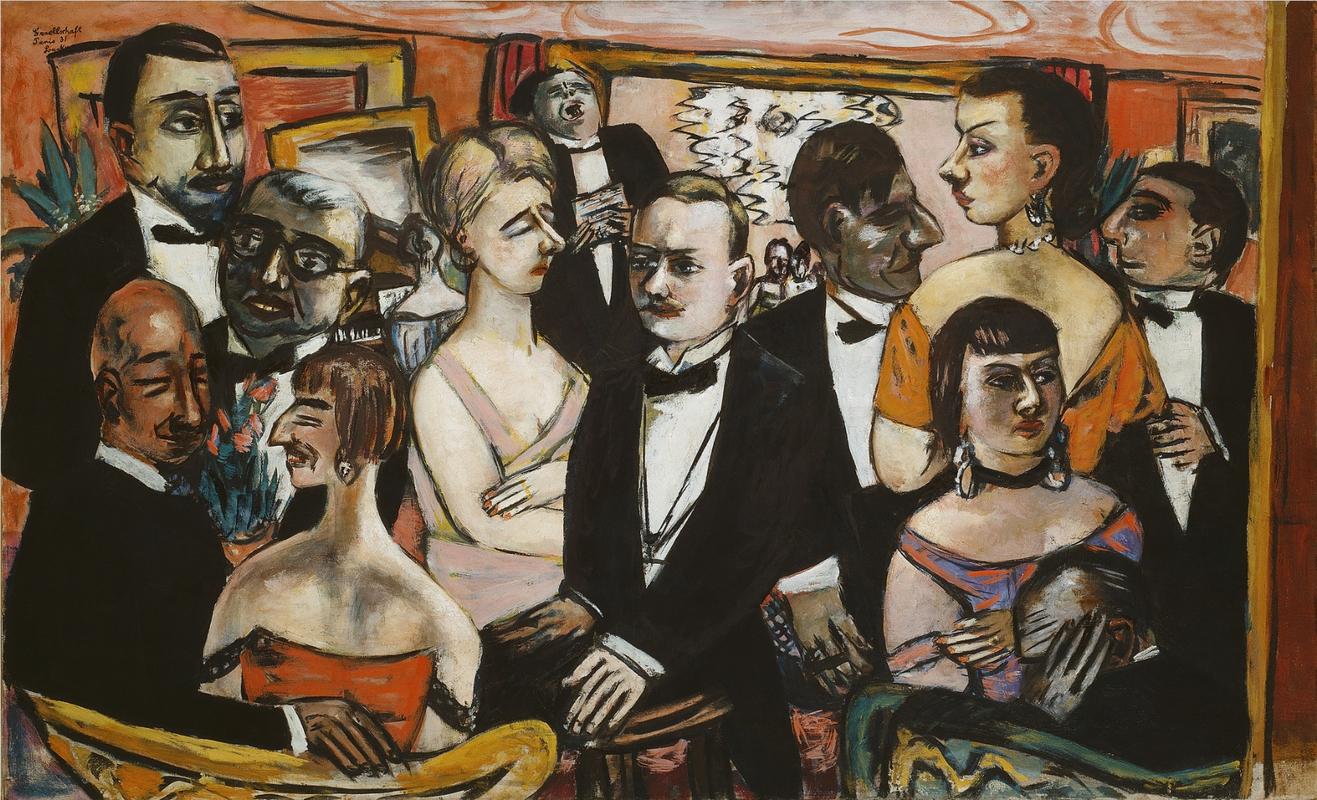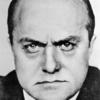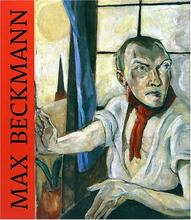More about Paris Society
- All
- Info
- Shop

Sr. Contributor
In Paris Society, Max Beckmann captures a candid snapshot of a glittering world on the brink of an abyss.
The scene is Paris, 1931. Amidst the gilded, mirror-lined splendour of the Hotel Beauharnais (site of the German Embassy), the City of Lights’ inteligencia gather for a reception of the artist’s first and only show in Paris. Beckmann’s widow Mathilde (who was at the party) identified several of this caricatured who’s who:
-
The tall, bearded gent on the upper left with the Javier Bardem eyes is designer Paul Poiret, the Picasso of fashion. Poiret revolutionized the industry in the 1910s with his loosely draped gowns and orientalist “harem” pants, early modernistic styles lately reflected in the wardrobes of Titanic and Downton Abbey. Though Poiret was the first of his kind, Chanel conquered his niche after World War I, and his protege Elsa Schiaparelli (surrealist couturier and rival of Chanel) paid his burial expenses after he died penniless.
-
The stodgy looking intellectual with coke-bottle glasses next to poiret is Paul Hirsch, a preeminent music historian.
-
The dapper, blond pretty boy in the center is Prince Karl Anton Rohan. Though fascism was anathema to Beckmann, and Rohan had a man-crush on Mussolini, the Prince and the artist were close friends. Beckmann submitted a satirical article, “Social Stance of the Artist by the Black Tightrope Walker,” to Rohan’s philosophical journal, but the latter never published it. Nonetheless, Rohan fondly recalled having “the best conversations” with Beckmann.
-
Next over on the right is L. Albert Hahn, an economist who pioneered modern-day credit and investment banking theory, but was unknown in the English-speaking world until relatively recently.
-
The last of the distinctive figures (hunched on the sofa in agony on the bottom right) is German Ambassador to Paris, Leopold von Hoesch. Soon after this painting, von Hoesch became ambassador to Britain, overlapping the rise of the Third Reich. The British admired his cultivated diplomacy in an era of radical nationalism, but Hitler wasn’t a fan of his measured approach. When von Hoesch died in London in 1936, Hitler appointed Joachim von Ribbentrop; an infamous Nazi who later hanged for war crimes.
The women, despite their flamboyant dress and striking features, represent generic types rather than specific individuals. One presumes Beckmann is on the viewer’s side, watching the action. He also leaves out two other guests, his wife, Mathilde, and his patroness, Lilly von Schnitzler. Lilly was a glamorous socialite and lifelong friend (perhaps lover) of Beckmann. She was so fanatical about his work that she even invited Joseph Goebbels, Hitler’s minister of propoganda, to view it. Suffice to say, Goebbels didn’t get the appeal, and he blacklisted Beckmann as one of the “degenerate” artists.
Many of the players in this morose final act of pre-Nazi European culture are people Beckmann had known in Frankfurt. This is the German Embassy, after all, but Beckmann had also sketched this composition as “Frankfurt Society” starting in 1925. He painted over his original to reflect his Paris years. He later reworked the painting in 1947, making the faces more grotesque. Notably, he exaggerated von Hoesch’s gesture of apocalyptic despair, as if the ambassador knows Germany must fall but is powerless to stop it, adding to the painting’s prophetic air of gloom.
On a lighter note, let’s play a game of Where’s Waldo, Beckmann style? Try to spot the piano player and singer in this hodgepodge of hedonism.
Sources
- Beckmann, Max. Self-Portraits in Words: Collected Writings and Statements, 1903-1950. Chicago: The University of Chicago Press, 1997.
- Blogsport, http://weimarart.blogspot.com/2010/09/max-beckmanns-five-women.html
- Bowles, Hamish. “Fashioning the Century.” Vogue, May 2007.
- Darkest London. https://darkestlondon.com/tag/leopold-von-hoesch/
- Guggenheim Museum. “Guggenheim Collection Online.” Accessed June 2, 2017. https://www.guggenheim.org/artwork/503
- Hahn, L. Albert, and Herald Hagermann. Economic Theory of Bank Credit, 1941-1945. Oxford: Oxford University Press, 2017.
- Rewald, Sabine. Glitter and Doom: German Portraits from the 1920s. New York: Metropolitan Museum of Art, 2006.
- Rewald, Sabine. Max Beckmann in New York. New York: Metropolitan Museum of Art, 2016.
- Yaeger, Lynn. “The King Is Dead.” The Atlantic, September 2007. https://www.theatlantic.com/magazine/archive/2007/09/the-king-is-dead/3…












